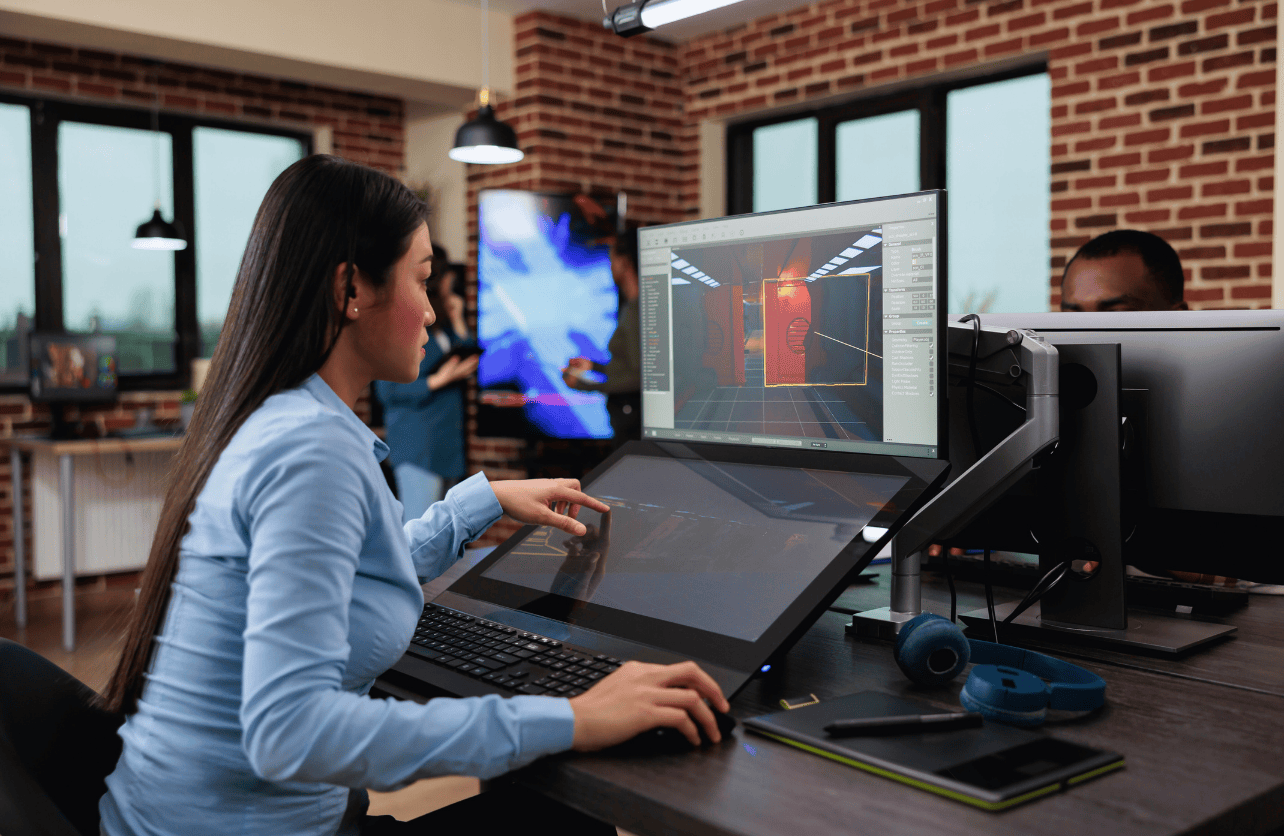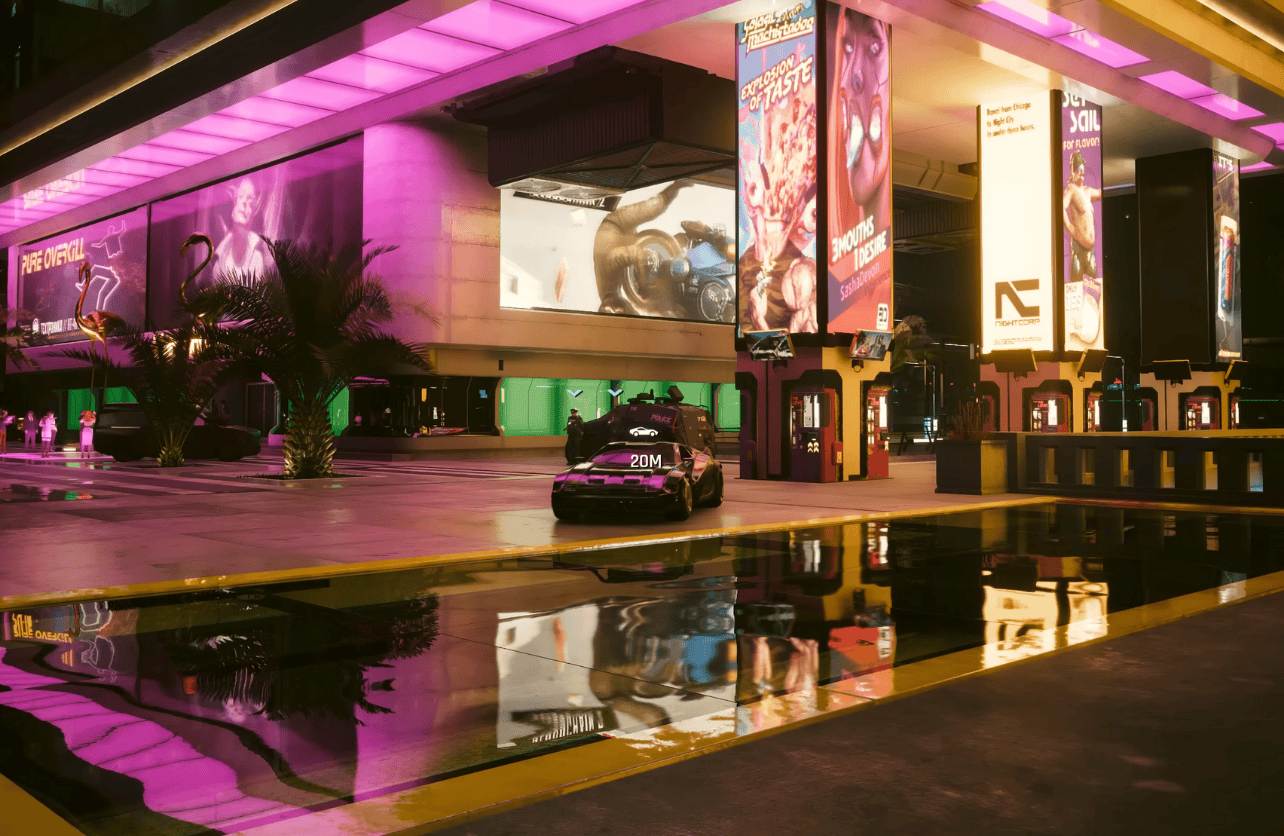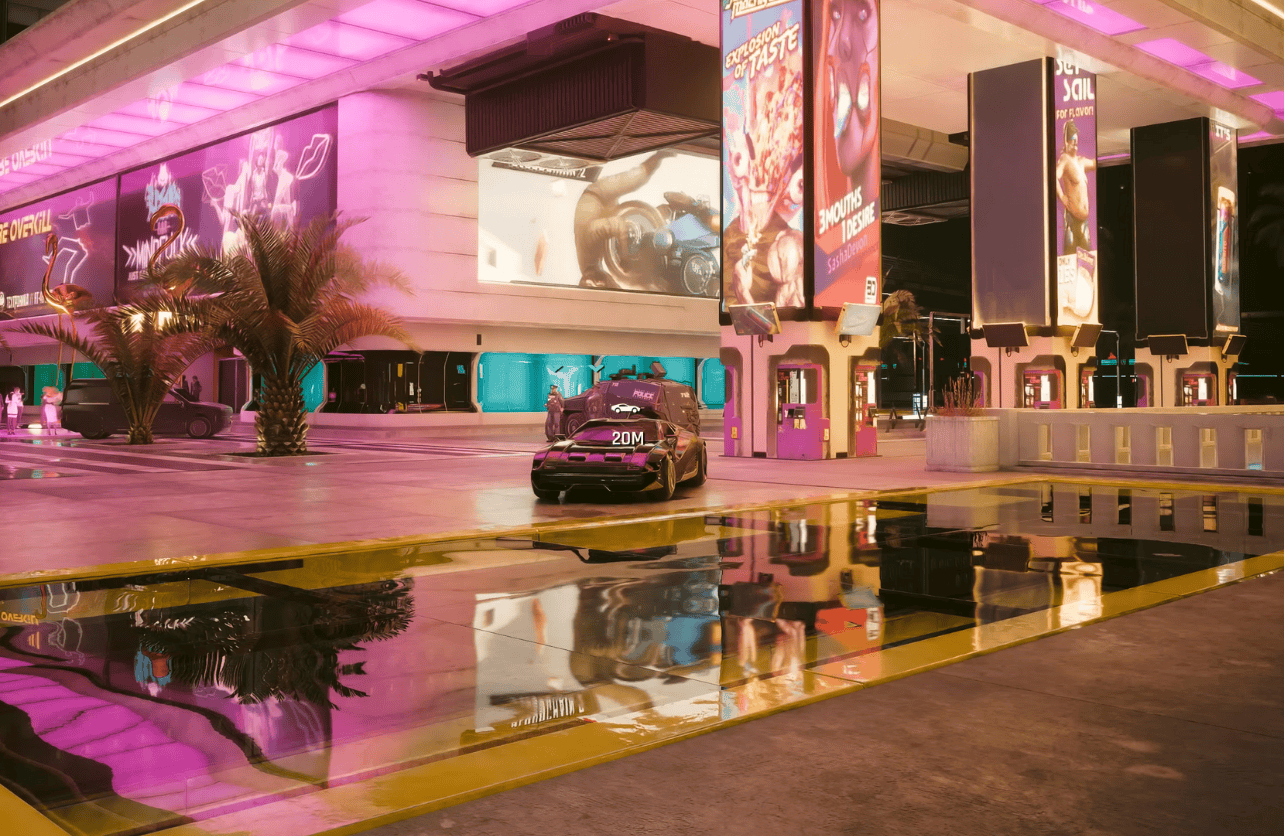Ray Tracing vs. Path Tracing: Understanding the Differences in Modern Rendering

Realistic lighting and shadows have always been a major challenge in computer graphics. Over the years, developers have introduced advanced rendering techniques to simulate how light interacts with objects in a scene. Among these techniques, ray tracing and path tracing have emerged as two of the most important approaches for producing highly detailed and realistic images. While they share a common foundation, their methods and applications differ significantly.
If you’ve ever wondered why some games or CGI-rendered movies look more lifelike than others, it often comes down to how light is simulated. Understanding the differences between ray tracing and path tracing helps in appreciating how modern rendering works and why one method might be preferable over the other in different scenarios.
What is Ray Tracing?

Ray tracing is a rendering technique that simulates the way light behaves in the real world. Instead of simply projecting images onto a screen (as rasterization does), ray tracing traces individual light rays from the viewer’s perspective through a virtual scene. When a light ray interacts with an object, it calculates how the surface should appear based on properties such as reflectivity, transparency, and shadowing.
This method creates realistic reflections, accurate lighting, and detailed shadows by following the way light bounces off surfaces. For example, a mirror in a game using ray tracing will accurately reflect surrounding objects, including distortions from curved surfaces or transparent materials. Similarly, shadows will appear softer or sharper based on how far the light source is from the object casting the shadow.
However, traditional ray tracing primarily focuses on direct lighting—the immediate interaction of light from a source to an object. While this improves realism, it does not fully capture complex global illumination effects, such as light bouncing between multiple surfaces or the soft, scattered lighting seen in real-world environments. To address this, additional techniques like ambient occlusion and radiosity are often applied to approximate indirect lighting effects.
What is Path Tracing?

Path tracing is an advanced extension of ray tracing that enhances realism by incorporating global illumination. Instead of tracing just one or a few light rays per pixel, path tracing traces multiple rays per pixel in random directions, capturing both direct and indirect lighting effects.
This means that path tracing simulates how light naturally scatters and bounces throughout an entire scene, creating incredibly realistic images. Unlike traditional ray tracing, which often relies on approximate shading techniques, path tracing calculates every possible light interaction dynamically, resulting in more accurate reflections, soft shadows, refractions, and light diffusion.
A key feature of path tracing is its ability to handle complex light interactions, such as:
- Color bleeding, where light bounces off a colored surface, tints nearby objects.
- Soft shadows, which naturally form as light sources are diffused across an environment.
- Caustics, or the way light bends and concentrates through glass or water.
- Accurate ambient lighting, which removes the need for artificial light sources.
However, the trade-off is that path tracing is extremely computationally expensive. Because it traces hundreds or thousands of light rays per pixel, it requires immense processing power, making it difficult to run in real-time applications like video games without advanced hardware optimizations.
Key Differences Between Ray Tracing and Path Tracing
While both techniques involve tracing light rays to simulate realistic visuals, the fundamental difference lies in how light is processed.
1. Handling of Light Interactions
Ray tracing primarily calculates direct lighting and simple reflections. It can produce sharp, accurate reflections and realistic shadows, but it requires extra techniques (such as ambient occlusion) to simulate indirect lighting.
Path tracing, on the other hand, models both direct and indirect lighting naturally, leading to more realistic global illumination. The additional light bounces captured by path tracing create softer and more lifelike lighting in scenes.
2. Performance and Computational Requirements
Ray tracing is already computationally demanding, but path tracing is even more resource-intensive. Since path tracing requires many more light rays per pixel, it takes significantly more time and processing power to generate each frame. This makes path tracing more suitable for pre-rendered graphics, CGI, and offline rendering, while ray tracing is more commonly used in real-time applications like gaming.
3. Visual Accuracy
Path tracing generally produces more realistic images than ray tracing because it doesn’t rely on artificial approximations for global illumination. However, because it takes more time to render, real-time applications often use ray tracing combined with hybrid techniques to achieve similar results with lower performance costs.
Where Are These Techniques Used?
Video Games and Real-Time Graphics
Modern video games increasingly use ray tracing for enhanced lighting and reflections. Titles like Cyberpunk 2077, Minecraft RTX, and Control have integrated ray tracing for real-time reflections, shadows, and lighting improvements. However, due to performance constraints, most games do not yet use full path tracing—instead, they rely on hybrid rendering that combines ray tracing with traditional rasterization.
That said, some games, such as Quake II RTX and Cyberpunk 2077’s Overdrive Mode, have experimented with full path tracing to achieve unparalleled realism. These implementations require high-end GPUs, such as NVIDIA’s RTX 40-series cards, to run at acceptable frame rates.
Movies and CGI
Path tracing is widely used in film production, CGI, and architectural visualization. Rendering software like Blender’s Cycles, Pixar’s RenderMan, and Unreal Engine’s path-tracing mode use this method to generate photo-realistic frames for movies, advertisements, and simulations. Unlike games, films don’t need to be rendered in real-time, so studios can afford to take hours or even days to generate each frame.
The Future of Ray Tracing and Path Tracing
With advancements in AI-based rendering optimizations, real-time upscaling (such as NVIDIA DLSS and AMD FSR), and dedicated ray-tracing hardware, the gap between real-time ray tracing and path tracing is closing. Future GPUs will continue to push the boundaries of what’s possible in real-time graphics, allowing for more widespread adoption of fully path-traced experiences.
Already, companies like NVIDIA and AMD are working on optimizing path tracing for real-time applications, making it feasible for next-generation gaming and virtual reality experiences. As hardware and software evolve, we can expect a future where path-traced games run at smooth frame rates, delivering film-quality visuals in interactive environments.
Your Trust, Our Core Commitment
At Rising Tech, earning and maintaining your trust is the cornerstone of our mission. We're dedicated to transparency, impartiality, and the relentless pursuit of truth in every article, review, and recommendation we publish. Our commitment to these principles ensures that you, our valued reader, are always equipped with reliable and unbiased information. Let us be your trusted guide in the ever-evolving world of technology.